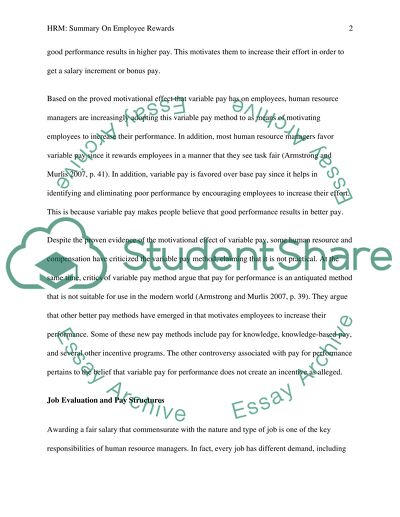Cite this document
(“HRM: Summary on employee rewards Essay Example | Topics and Well Written Essays - 1500 words”, n.d.)
Retrieved from https://studentshare.org/human-resources/1497065-hrm-summary-on-employee-rewards
Retrieved from https://studentshare.org/human-resources/1497065-hrm-summary-on-employee-rewards
(HRM: Summary on Employee Rewards Essay Example | Topics and Well Written Essays - 1500 Words)
https://studentshare.org/human-resources/1497065-hrm-summary-on-employee-rewards.
https://studentshare.org/human-resources/1497065-hrm-summary-on-employee-rewards.
“HRM: Summary on Employee Rewards Essay Example | Topics and Well Written Essays - 1500 Words”, n.d. https://studentshare.org/human-resources/1497065-hrm-summary-on-employee-rewards.


